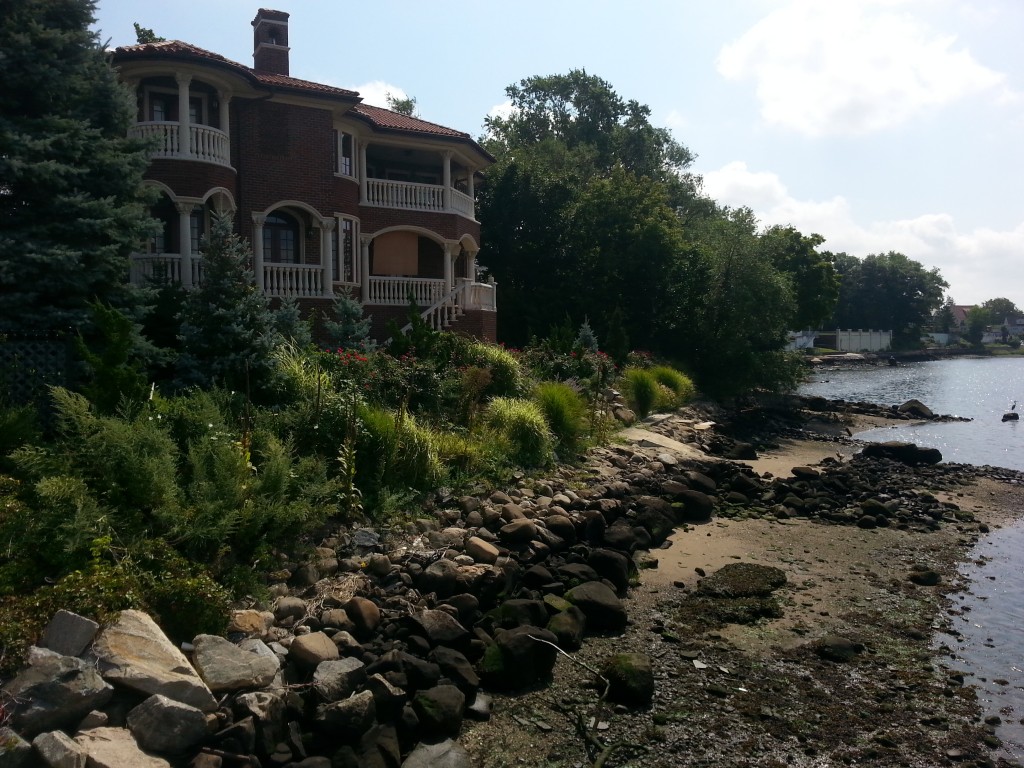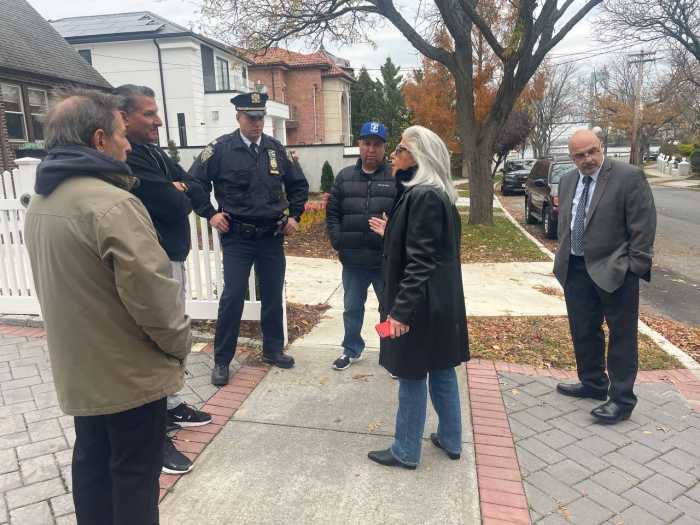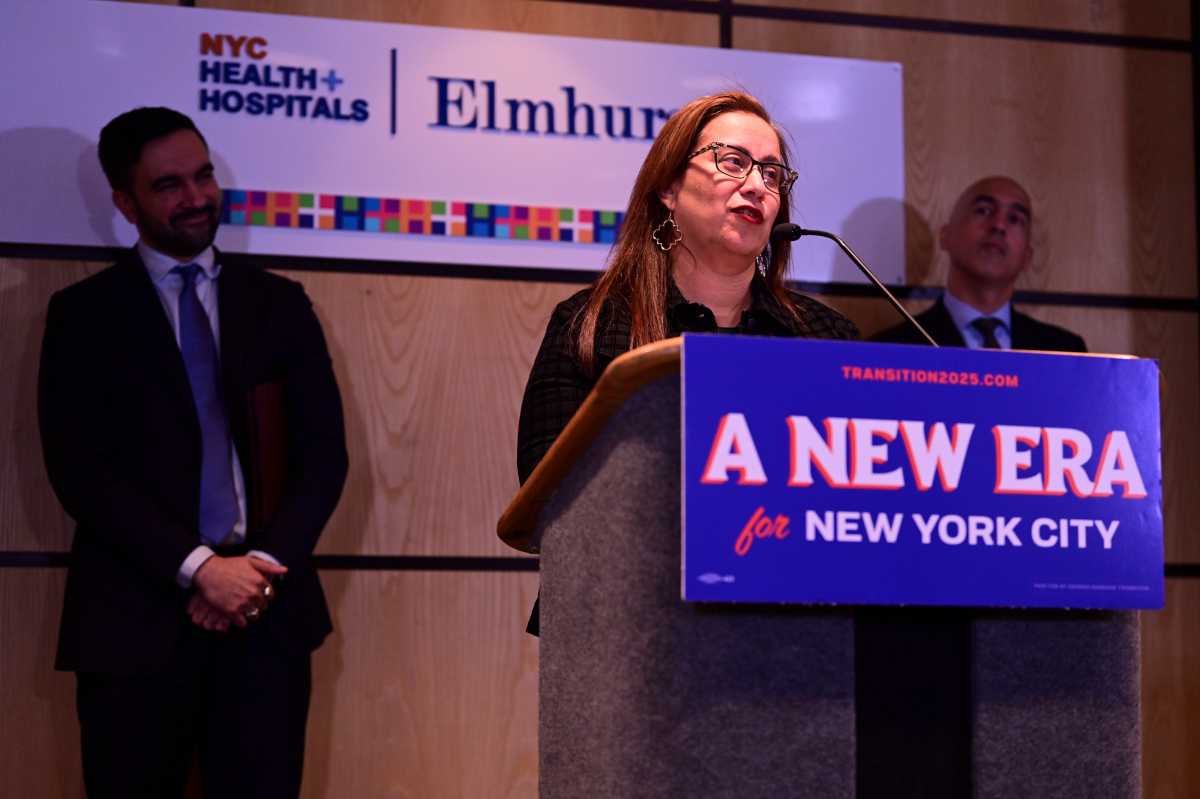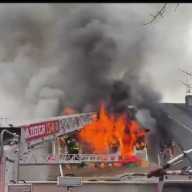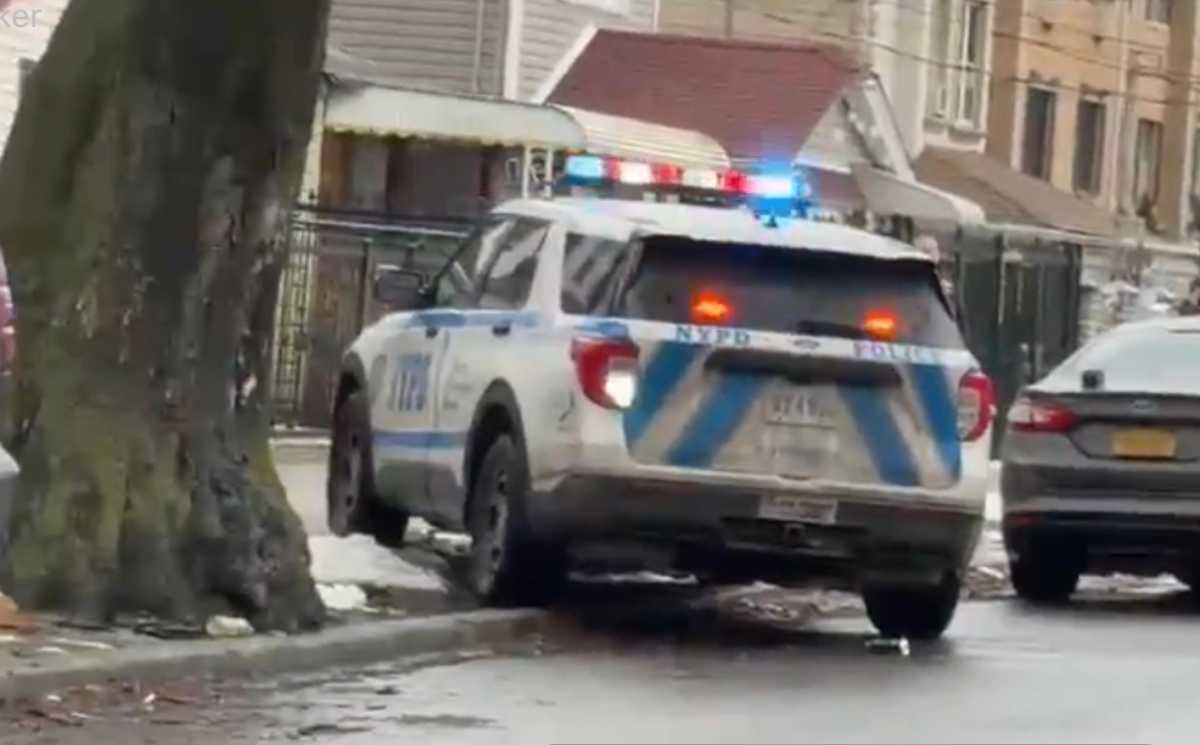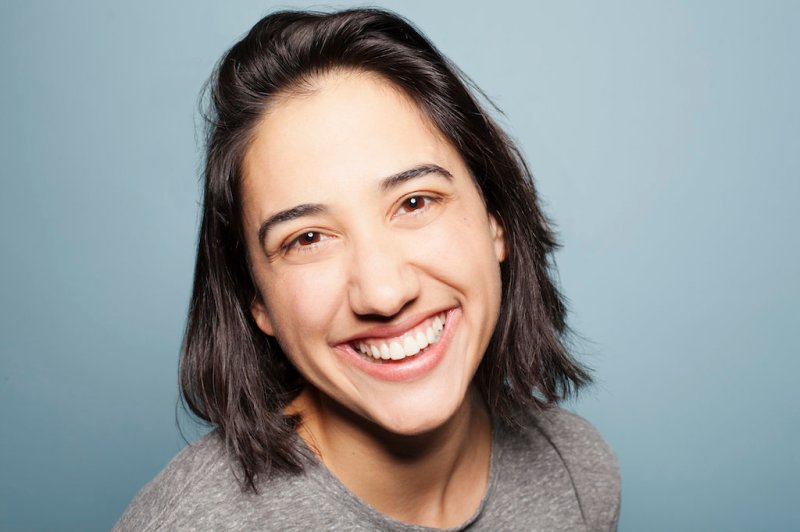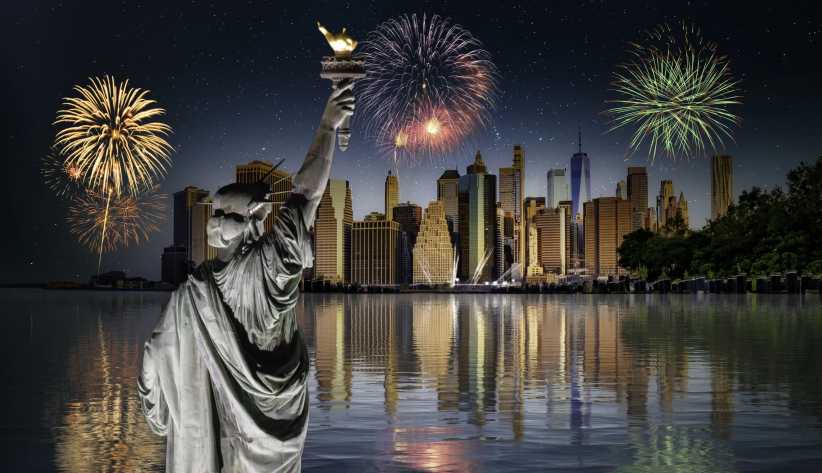Malba residents say something stinks about a recent website ranking that named their affluent neighborhood as the smelliest in Queens.
New York City real estate website BrickUnderground and apartment data site AddressReport compiled the list, which rated the 10 smelliest and 10 least smelly neighborhoods in Queens, Brooklyn and Manhattan. The ranking used data from the frequency of 311 complaints for odor-related issues, such as missed trash collection, sewer backups and odors, vehicle and restaurant fumes, and dirty sidewalks and alleyways. The data was then weighted for each area’s population.
Malba was not only rated as Queens’ smelliest neighborhood, but also as the third smelliest in the three boroughs.
Malba locals had issues with the analysis, saying that the neighborhood, a section of northeast Queens with multi-million dollar houses and expansive water views, was clean, well-maintained and virtually odor-free.
“As a lifelong resident of Malba, I find this [ranking] highly insulting,” said Christopher Biancaniello, who likened the area to Beverly Hills.
“All of us homeowners take pride in our properties,” he added.
On a hot Friday afternoon last week, Steven Vitale, 24, who has also lived in the neighborhood his whole life, made an observation about the smell in the neighborhood.
“The smelliest thing here is me,” the jogger said, shirt soaked in sweat. “Otherwise, this area smells fine to me.”
Eliza Kalas, who has lived in Malba for the last five years, agreed.
“It’s not that bad here and it’s certainly not worth complaining about,” she said, referring to the 311 complaints. The only area she noticed with a slight smell was by the water on Boulevard Street.
Other Queens neighborhoods on the smelliest list included Lindenwood, which came in at number two in the borough, followed by Neponsit, St. Albans, College Point, Howard Beach, Bayswater, Cambria Heights, Broad Channel and Beechurst/Whitestone.
Queens’ least smelly neighborhoods included North Corona, at number one, followed by Corona, Woodside and Elmhurst, Rego Park, Sunnyside, Jackson Heights, Bellerose, East Flushing and Ridgewood.
Nicholas Kaizer, vice president of the Malba Association, found issue with how the data was analyzed since, according to him, there are only around 400 homes in the area.
“Though not a statistician, it’s pretty obvious that the tiny size of the sample population seriously calls into question the value of the per capita method of analyzing odor complaints to the city,” he said, calling the data skewed.
“The sounds and smells coming off of our waterfront — and throughout our small neighborhood — are among our greatest assets and we jealously guard our native habitat, policing and tending to the grounds regularly, as our community has done for over 100 years,” Kaizer said.
-With additional reporting by Eric Jankiewicz
RECOMMENDED STORIES
- Bayside residents accuse neighbor of using his home as a synagogue
- New legislation to protect Astoria school from ‘disruptive’ subway noise
- Anonymous donor gives Flushing Town Hall fundraiser challenge


